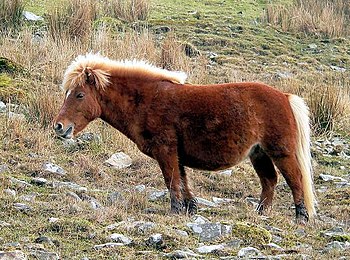 |
| Green Bank Telescope at National Radio Astronomy Observatory in Green Bank (Photo credit: Wikipedia) |
For most of us, the idea of astronomy is something we directly connect to “stargazing”, telescopes and seeing magnificent displays in the heavens. And to be sure, that is the exciting area of astronomy that accounts for its huge popularity. So to the uninitiated, the idea of “radio astronomy” seems strange.
There are two reasons for that. First is that humans are far more visual than audio oriented. And the second is that radio astronomy doesn’t really involve “listening” to the cosmos except to the extent that scientists who use this sophisticated form of “stargazing” do not rely on a visual study to conduct their work.
To appreciate what is really exciting about radio astronomy, first, we have to shift how we view astronomy. That is because of professional astronomers, studying the universe is more about frequencies than it is about visual documentation of phenomenon. This takes us back to Physics 101.
Light, obviously, is the physical phenomenon that empowers our ability to use our visual confirmation system, e.g. our eyes to appreciate something, in this case, the stars. So when we look up at the heavens, we can see the light emitting from a star or reflecting from a planet or moon. In many cases, if we see a faraway star, we are actually seeing it hundreds or thousands of years ago because that is how long it takes for that light to cross the universe and be visible in our sky. That alone is a pretty mind-blowing idea.
Now light itself is a pretty strange substance. But to our astronomy scientists, light is just another energy that exists at a certain frequency. Now, we tend to think of frequencies when we talk about sound waves. In scientific terms light, energy and sound are just a few forms of the same thing, frequencies of energy that are emulating from a source.
Now we get to why radio astronomy is so necessary. The range of frequency that light occupies in the big spectrum of frequencies is really pretty small. To put that more bluntly, we can only “see” a tiny part of the universe that is actually there. Now when you look up in the night sky and it is so overwhelming, when you then that we are seeing just a tiny amount of what is actually going on up there, again, our minds can get pretty overwhelmed.
Radio astronomy uses sophisticated sensor equipment to study ALL of the frequencies of energy coming to us from the cosmos. In that way, these scientists can “see” everything that is going on out there and so get a precise idea of how the stars look, behave now, and will behave in the future.
For some of us who have heard about radio astronomy, we think of it in terms of “listening” for signs of life in the universe. And yes, SETI, or “the Search for Extra-Terrestrial Intelligence” is a part of radio astronomy, albeit a tiny part. But of much greater importance is how radio astronomy has empowered serious astronomers (that is those who get paid to do it) to study stars many light-years away, to study black holes which we could never see with our telescopes, and to gather research and data about the whole of the universe that otherwise would be impossible to know and understand.
This is important work that is constantly ongoing in the world of astronomy. It is worth keeping up with and learning more about as we have barely scratched the surface in our brief discussion today. But understanding how important radio astronomy is will only deepen and make more meaningful your love and grasp of this big field of knowledge known as astronomy.




